
2024-05-07 06:30:00
U.S. ELECTRIC GENERATION TO 13,000 TWH
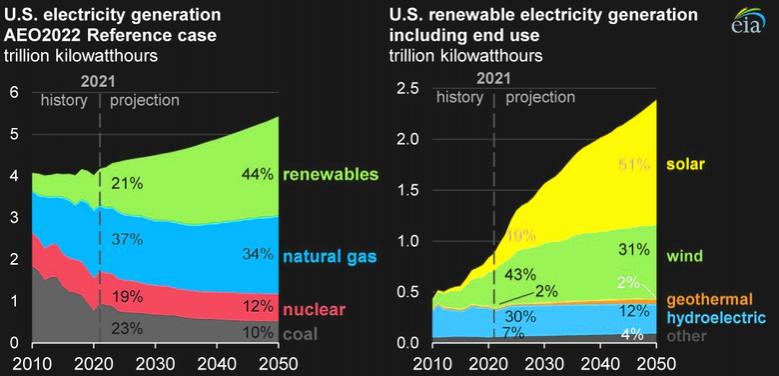
By ED REID Vice President, Marketing (Retired) / Executive Director (Retired) / President (Retired), Columbia Gas Distribution Companies / American Gas Cooling Center / Fire to Ice, Inc.
ENERGYCENTRAL - Apr 30, 2024 - The US Administration has established a goal of transitioning all energy end uses in the economy to electric end uses by 2050. This would be a massive undertaking, requiring the application of currently non-existent technology, particularly in industrial and transportation end uses.
-----
Earlier:
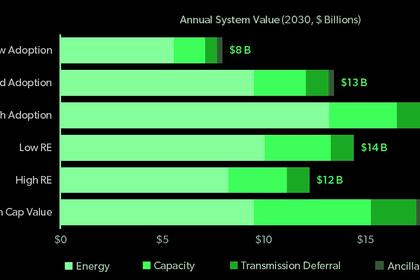
2024, May, 6, 06:40:00
U.S. ENERGY SAVINGS $7.6 BLN
Over 30 years of shipments, these updated standards are expected to save Americans $124 billion on their energy bills and reduce 332 million metric tons of dangerous carbon dioxide emissions—equivalent to the combined annual emissions of nearly 43 million homes.

2024, April, 23, 06:45:00
U.S. HOME ENERGY REBATES $8.8. BLN
A Dozen States Have Applied for Home Energy Rebates Funding from President Biden’s Investing in America Agenda, Helping Households Across the Nation Receive up to $14,000 for Energy Efficient Home Upgrades, Slashing Home Energy Bills and Building Up a Local Clean Energy Workforce
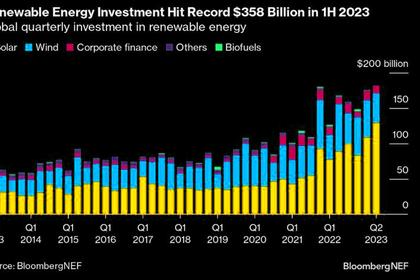
2024, April, 23, 06:40:00
U.S. CLEAN ENERGY INVESTMENT $1.93 BLN
The projects announced today are addressing critical needs across the clean energy economy, including grid components (e.g., transformers), electric vehicle components and chargers, solar components, clean steel, critical materials processing and recycling, and other clean energy products.
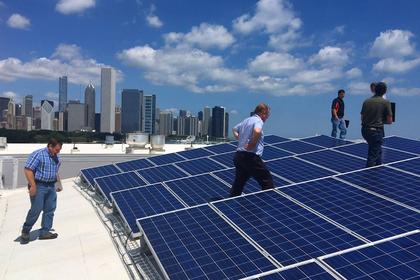
2024, April, 8, 06:40:00
U.S. CLEAN ENERGY TAX CREDITS $4 BLN
Projects selected for tax credits under the Qualifying Advanced Energy Project Tax Credit (48C), funded by President Biden’s Inflation Reduction Act, span across large, medium, and small businesses and state and local governments, all of which must meet prevailing wage and apprenticeship requirements to receive a 30% investment tax credit.

2024, April, 8, 06:35:00
U.S. DECARBONIZATION $6 BLN
The U.S. Department of Energy (DOE) today announced up to $6 billion for 33 projects across more than 20 states to decarbonize energy-intensive industries, reduce industrial greenhouse gas emissions, support good-paying union jobs, revitalize industrial communities, and strengthen the nation’s manufacturing competitiveness.
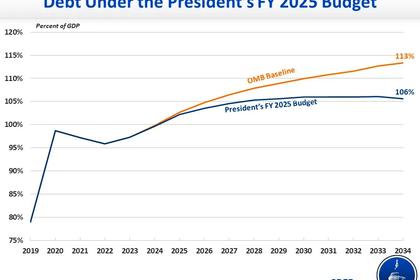
2024, March, 13, 06:55:00
U.S. ENERGY INVESTMENT 2025: $44 BLN
The DOE Budget requests $51 billion in discretionary budget authority for 2025, a $3.6 billion or 7.5 percent increase from the 2023 level.
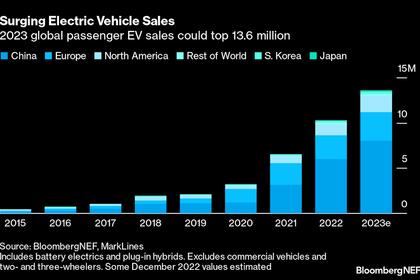
2024, January, 11, 06:45:00
U.S. EV SALES UP BY 50%
"With more Americans choosing to drive EVs, President Biden’s Investing in America agenda is building out a reliable and interoperable nationwide EV charging network – an undertaking never before seen in the United States.












